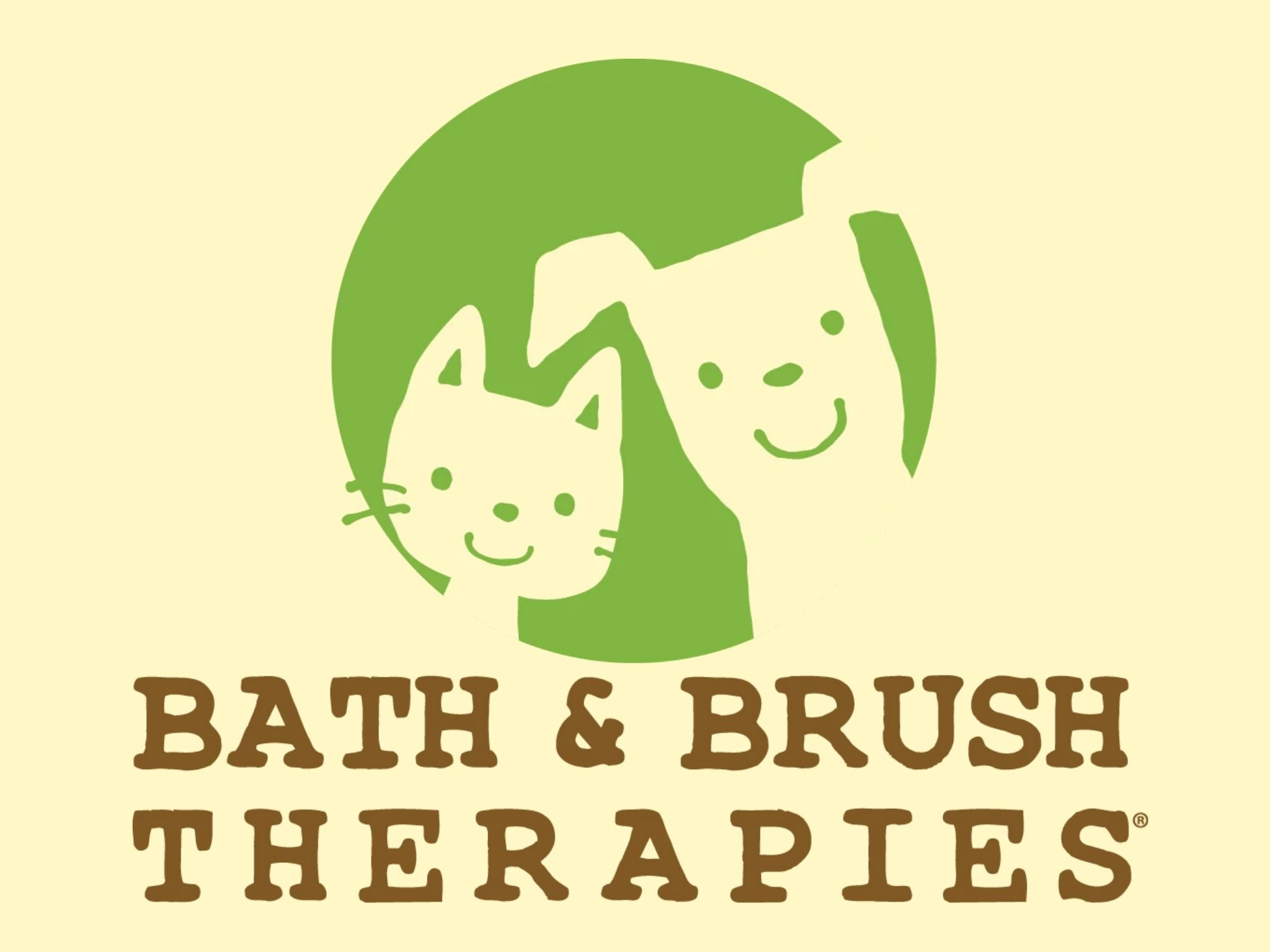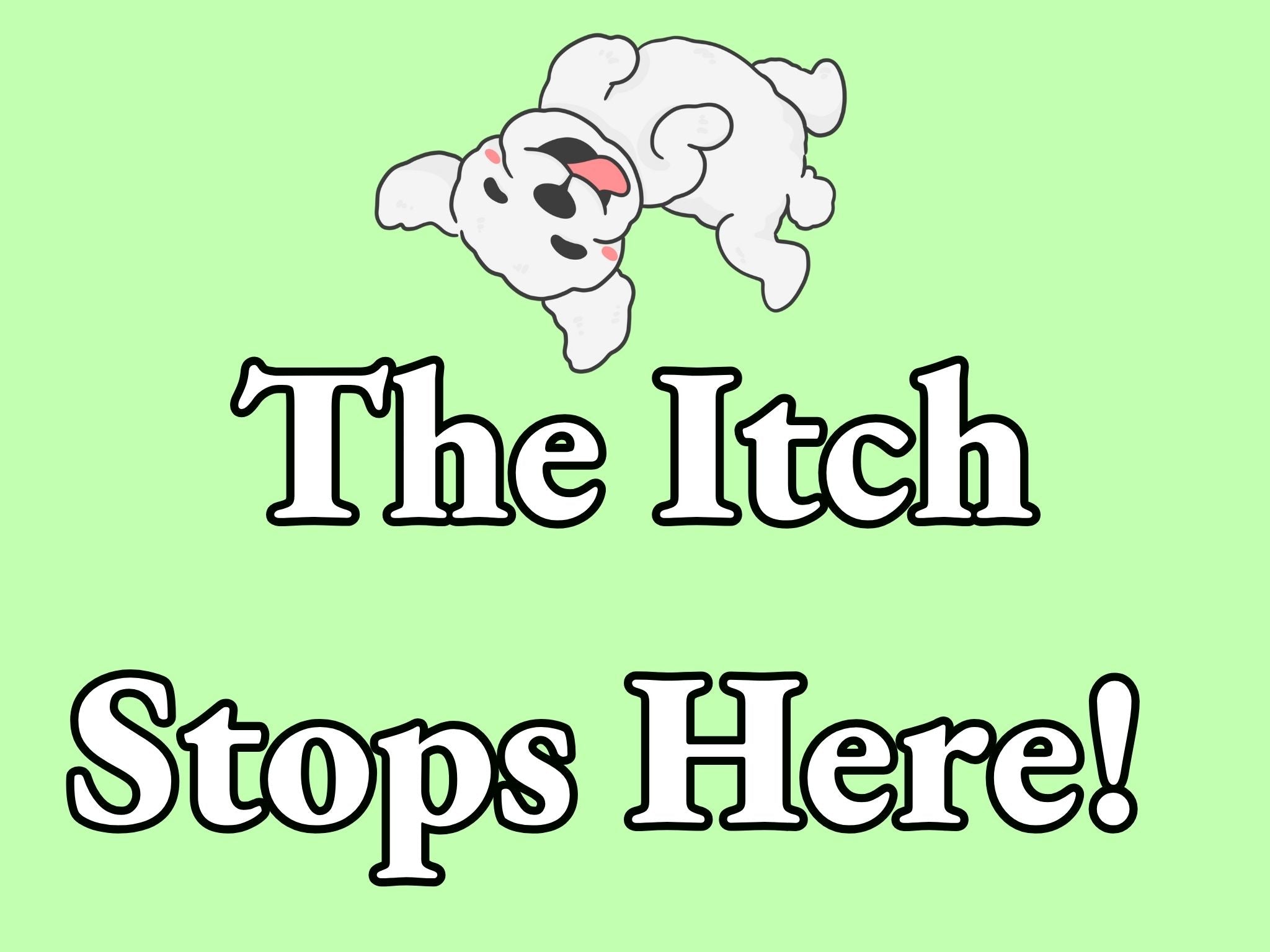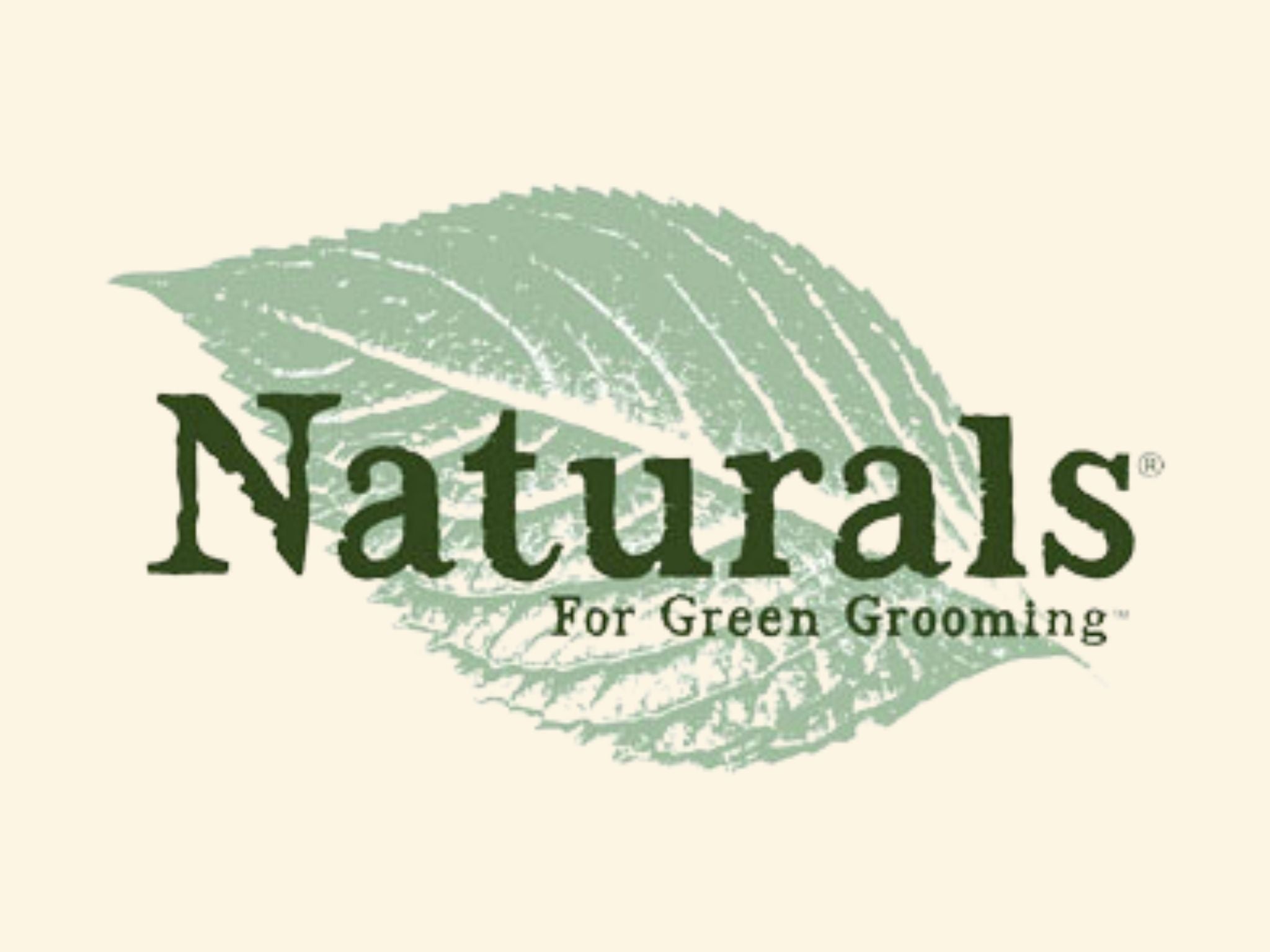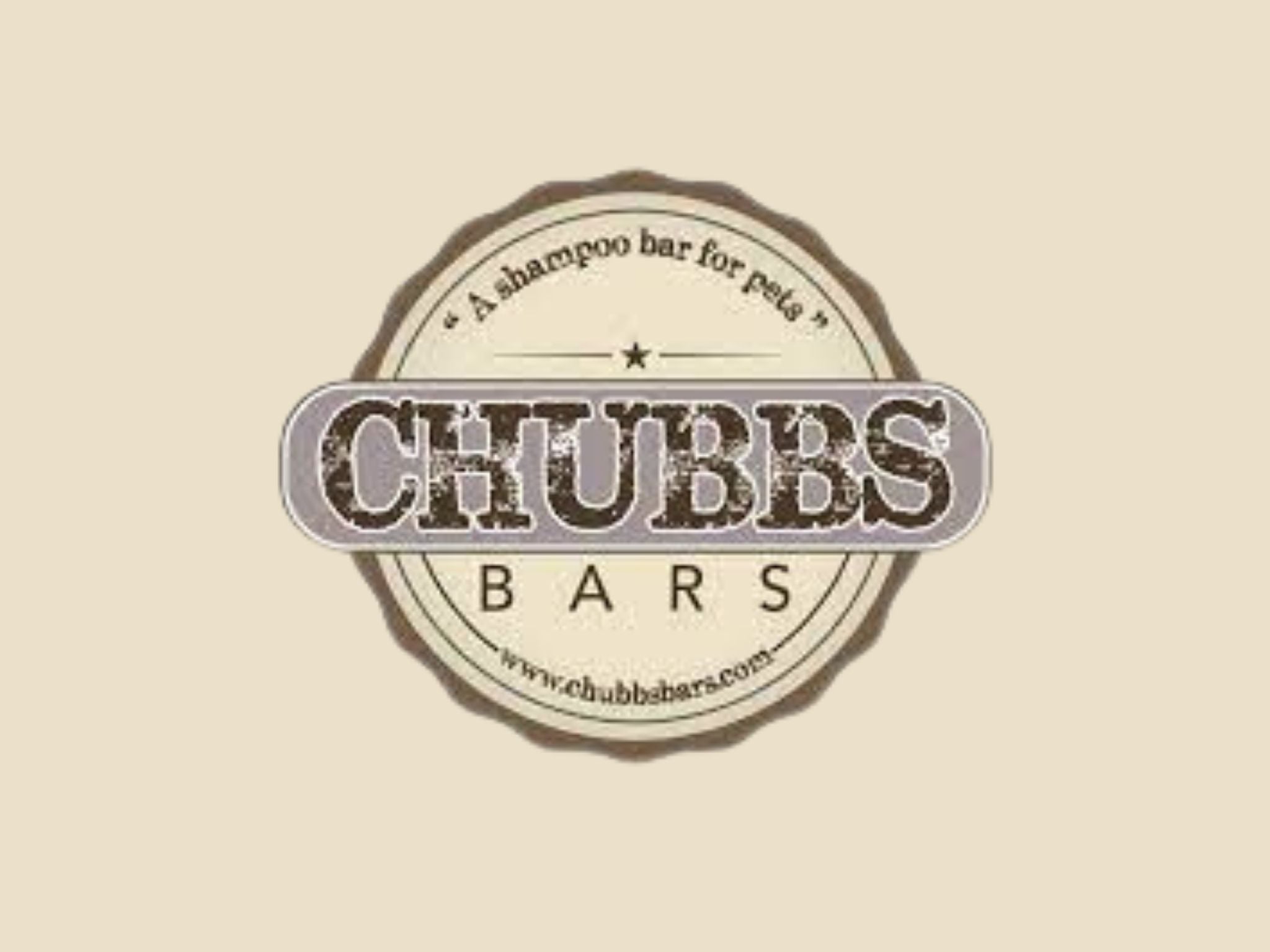
Deshedding, especially with the recent "Doodle Craze," has become a more requested process than ever in salons. But what is deshedding, how is it done, and why is it necessary?
The Science Of The Shed
In recent years microscopy technology has advanced to yield further insight into the phases of hair growth. We had previously learned of three phases: The growth phase (Anagen), the transitional phase (Catagen) where the base of the hair follicle detaches from the nutrient source, and the resting phase (Telogen). It is now generally accepted that there is a fourth stage, the exiting phase or “Exogen”.
During the resting phase (Telogen), the hair follicle gradually moves upward until the root or club (the bottom of the hair shaft) is very close to the outer surface of the skin. As exogen occurs, the attached part of the hair shaft withers and becomes unmoored from the hair follicle tissue. All that holds these hairs in place are weak electrostatic forces. The key concept here is “unmoored”. If a hair is not in exogen phase, it is attached to the hair follicle tissue and cannot be easily removed. Also, exogen itself is a phase of detachment.
As the hair exits the follicle, it either falls out or gathers up within the coat. There are two things that hold shed hairs within a coat: static cling and other, porous, hairs.
Porosity is the condition of having raised hair cuticles or coat damage. Undercoat is naturally porous and easily attaches to other hairs that are not smooth on the surface. This causes prevents the hair from falling out and results in packing of the undercoat.
How Deshedding Products Work
Deshedding can be defined as “the process of removing shedding and shed hair or fur from an animal.” There are three significant functions performed by products designed to aid the groomer in the deshedding process: hair release, smoothing and adding slip.
Four Key Ingredients
Products designed to help in the removal of shed coat generally share four key types of ingredients:
- Anti-Static Agents - Ingredients such as Stearalkonium Chloride, Cetrimonium chloride, and Polyquaternium 10 are utilized to neutralize the static electricity and release undercoat or fuzzy hairs that are clinging together or hairs that are in the exogen phase and just about to fall out. The anti-static agent provides the “release” factor.
- Proteins - Ingredients such as hydrolyzed wheat or other protein, silk amino acids, keratin, fill in the rough areas of damaged hair and smooth the hair cuticles to further unsnag hair. This is the “smoothing” function.
- Slip Agents - In order for the shed hair to be easily removed, deshedding products add slipperiness so hairs can slide apart. The gold standard of slip agents are silicones, especially advanced dimethicone ingredients. Silicones not only add slip, they also seal the hair shaft so that the coat stays smoothed, moisturized, and free of static electricity. Unfortunately, considerable misinformation and falsehoods about silicones has been widely circulated. Claims of silicones being harmful to coat are not supported by facts.
- Emollients - Oils, such as Sunflower Oil, Argan Oil, Olive oil and other skin softening agents are multi-functional in deshedding products. They help to release, smooth AND add some slip.














